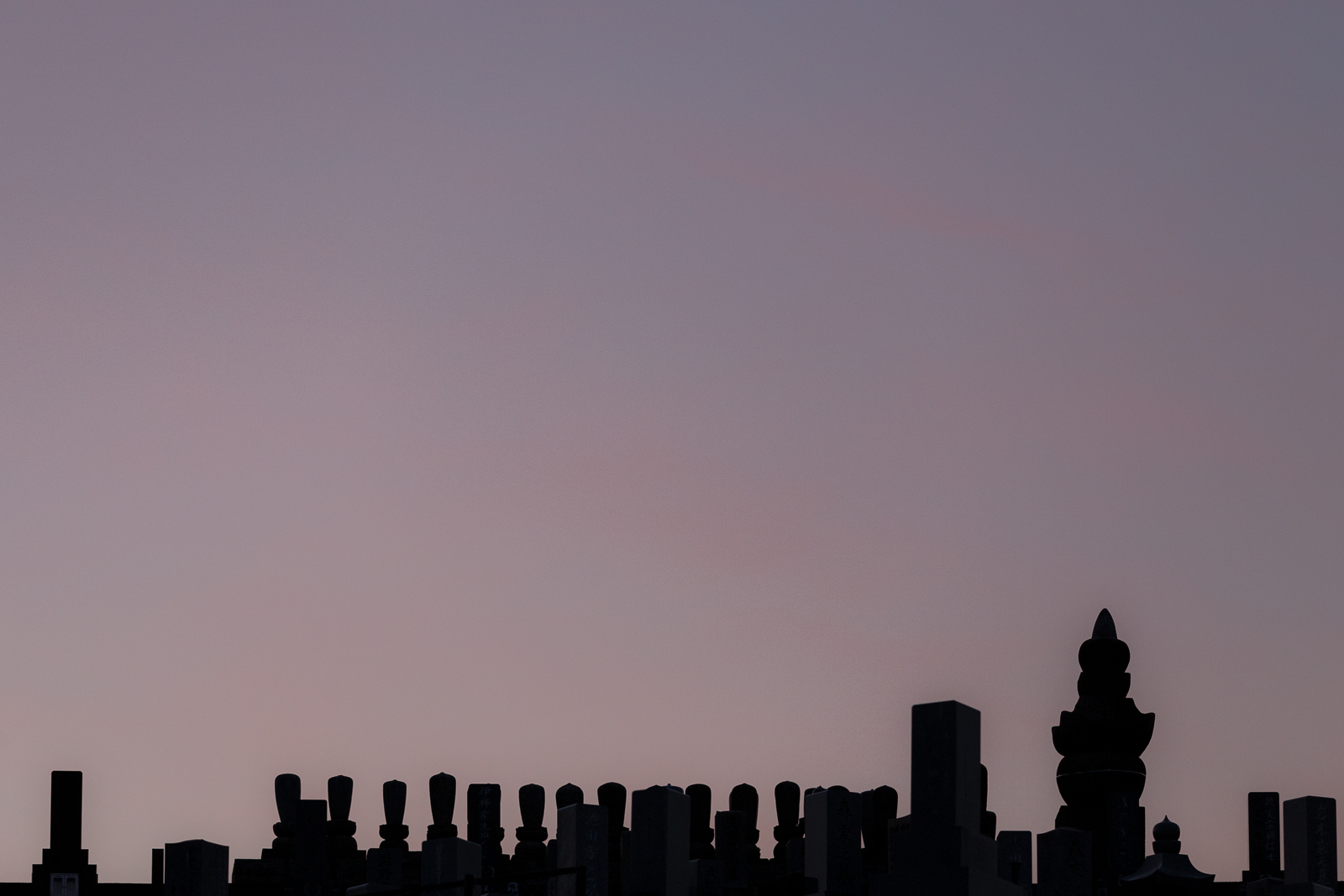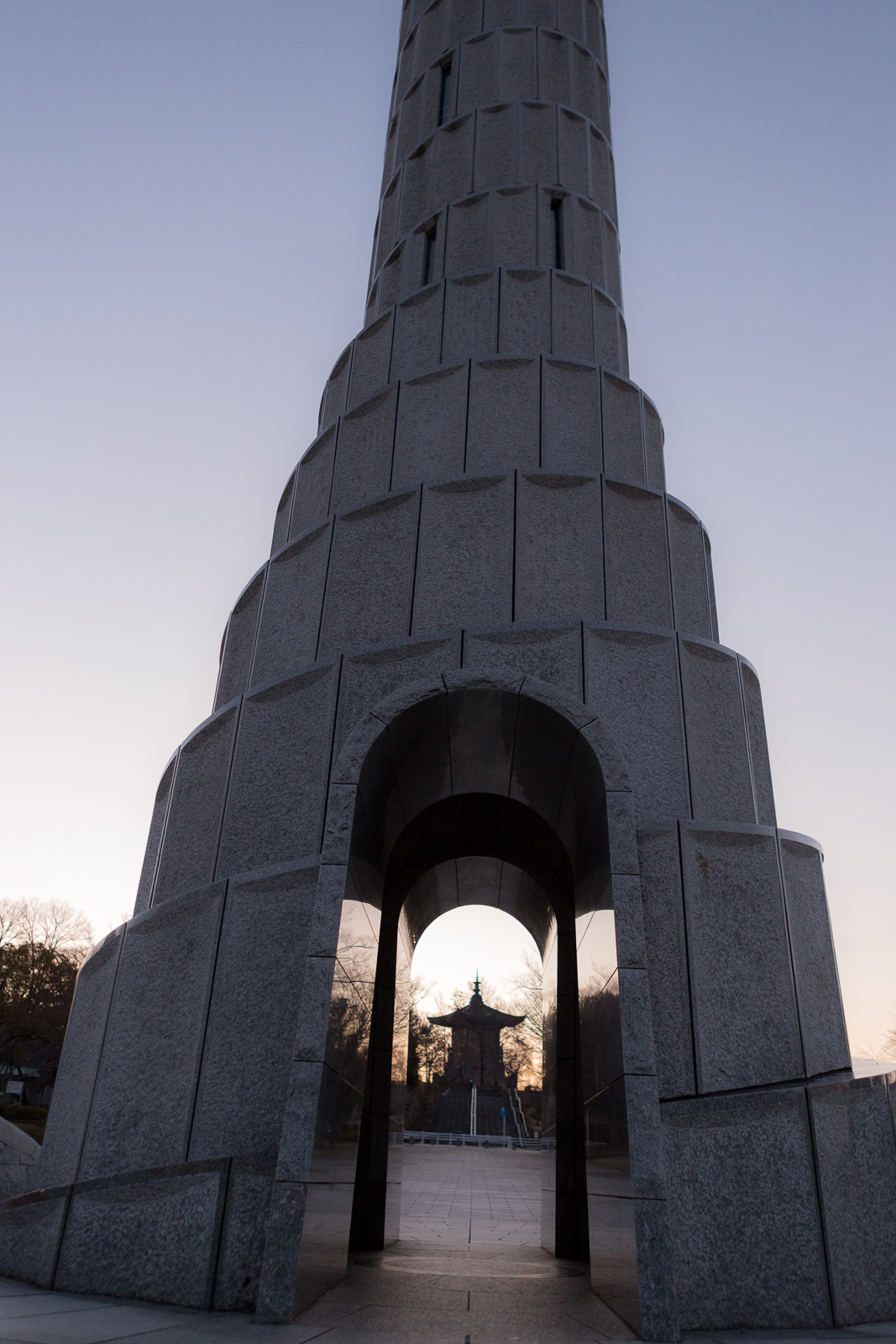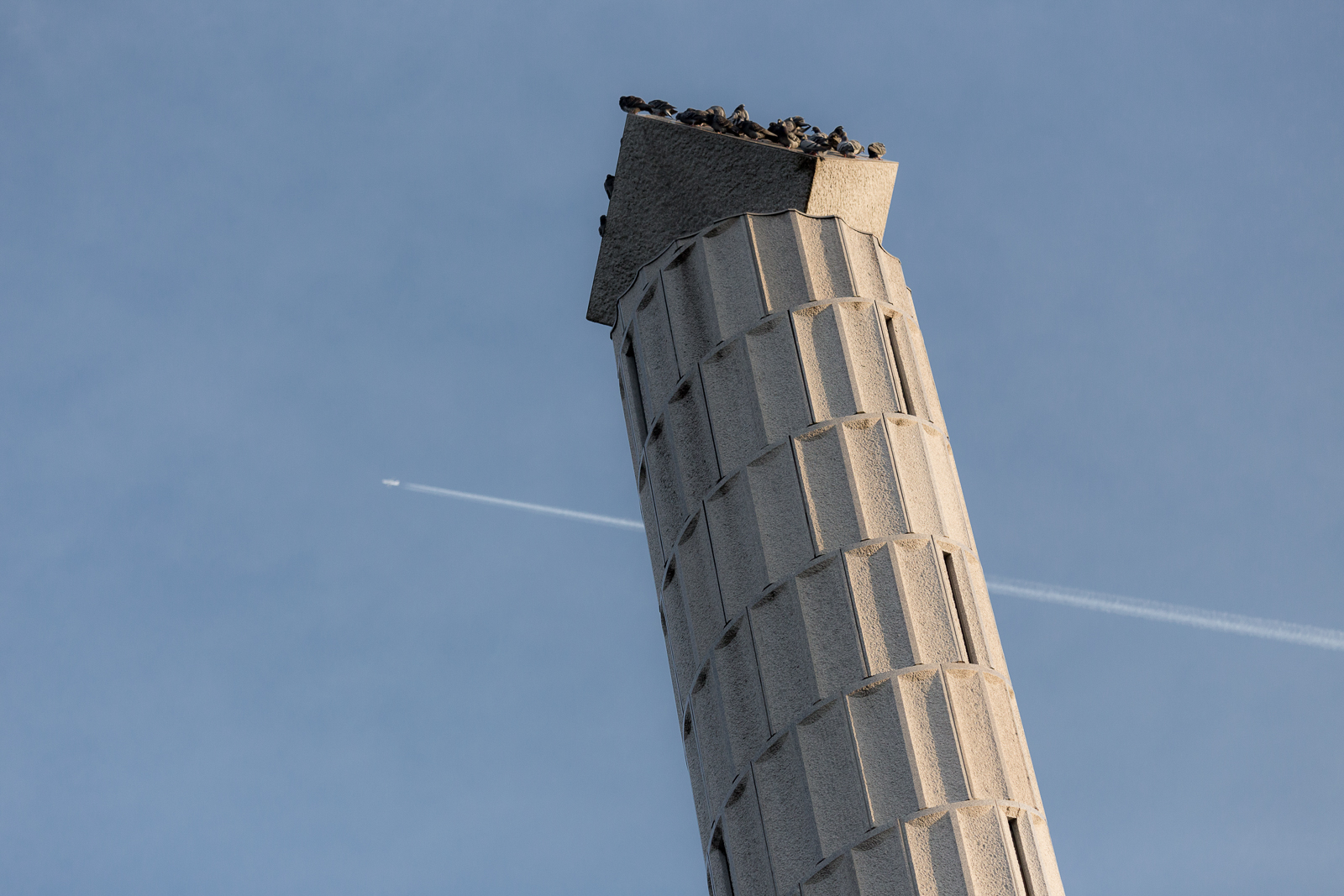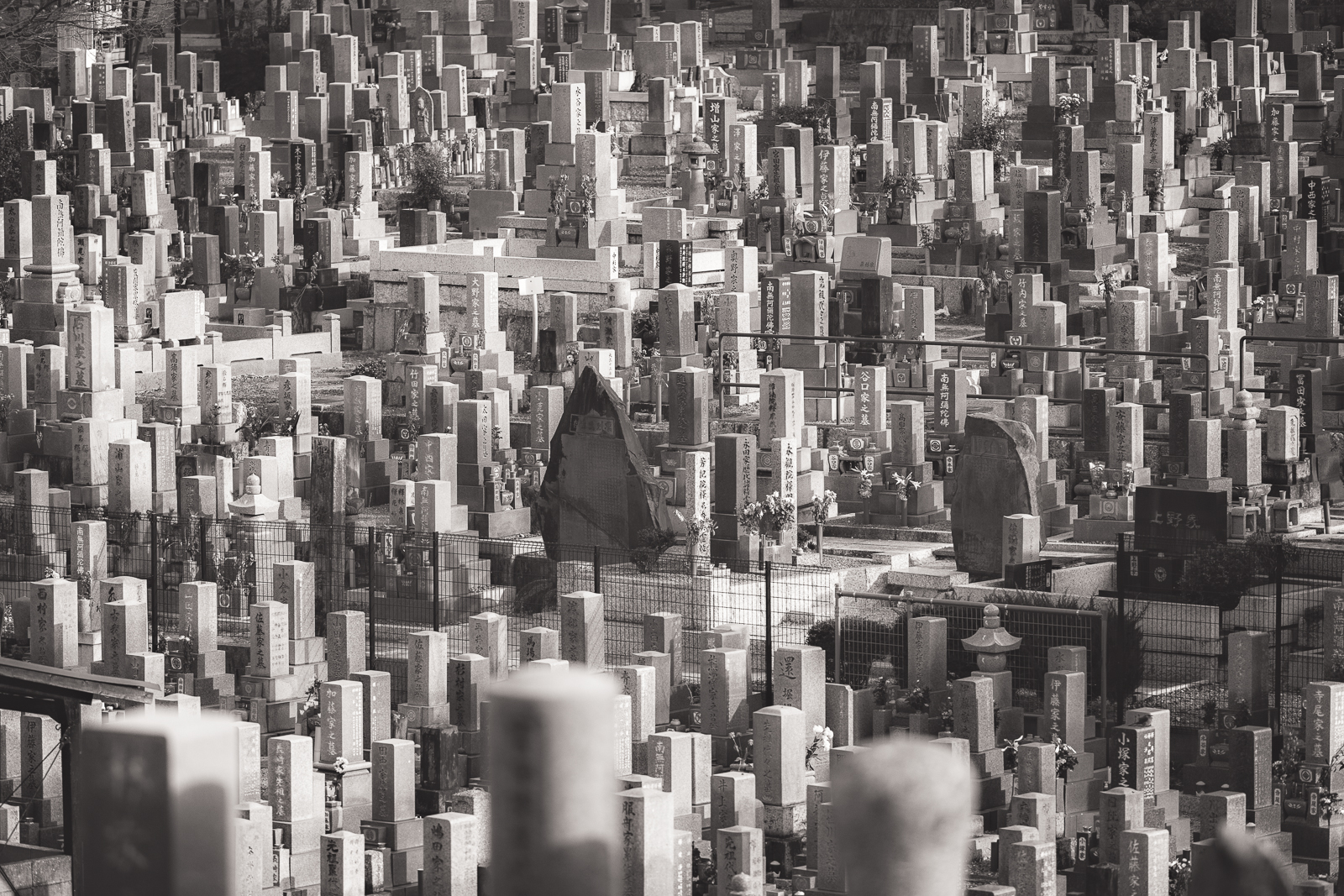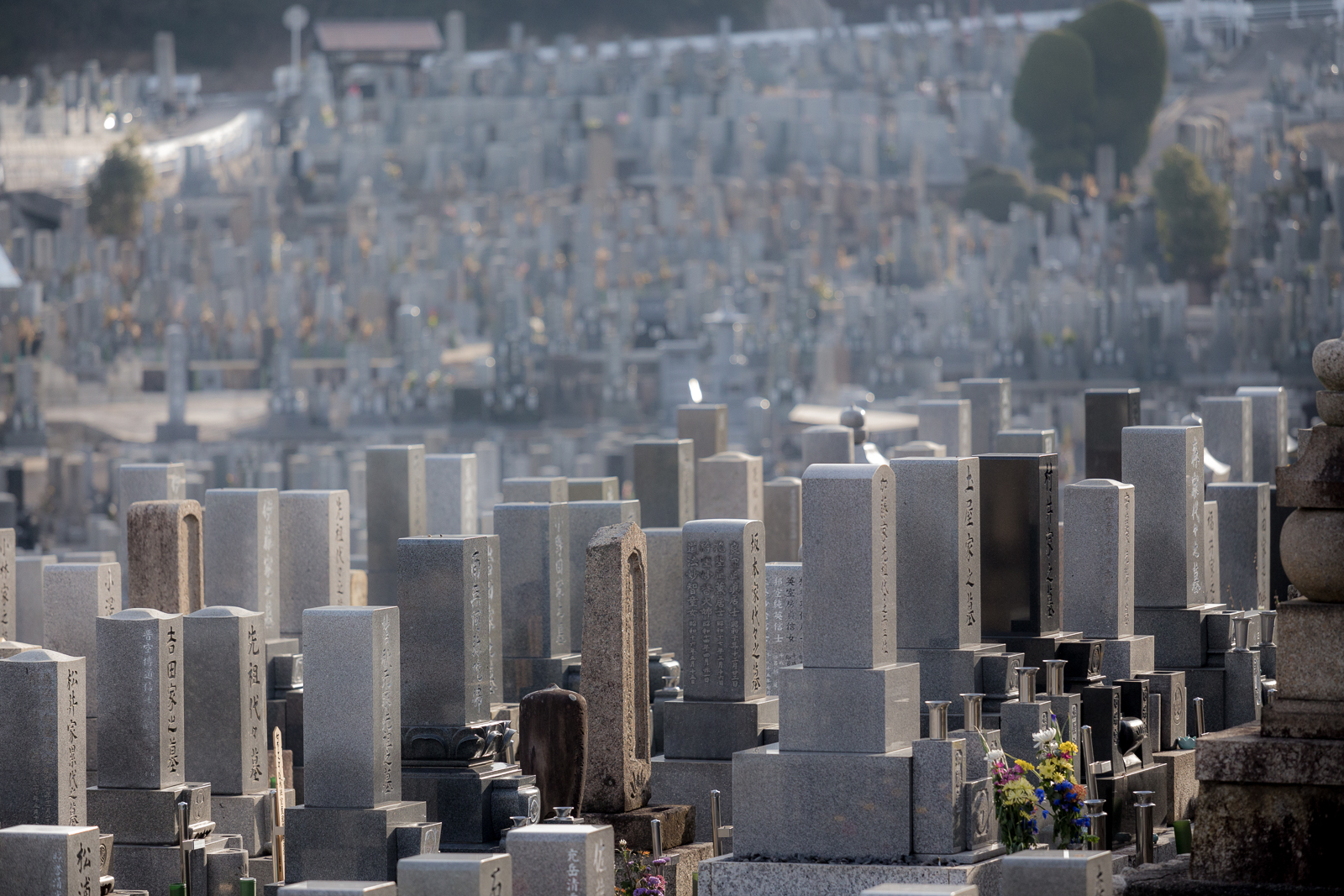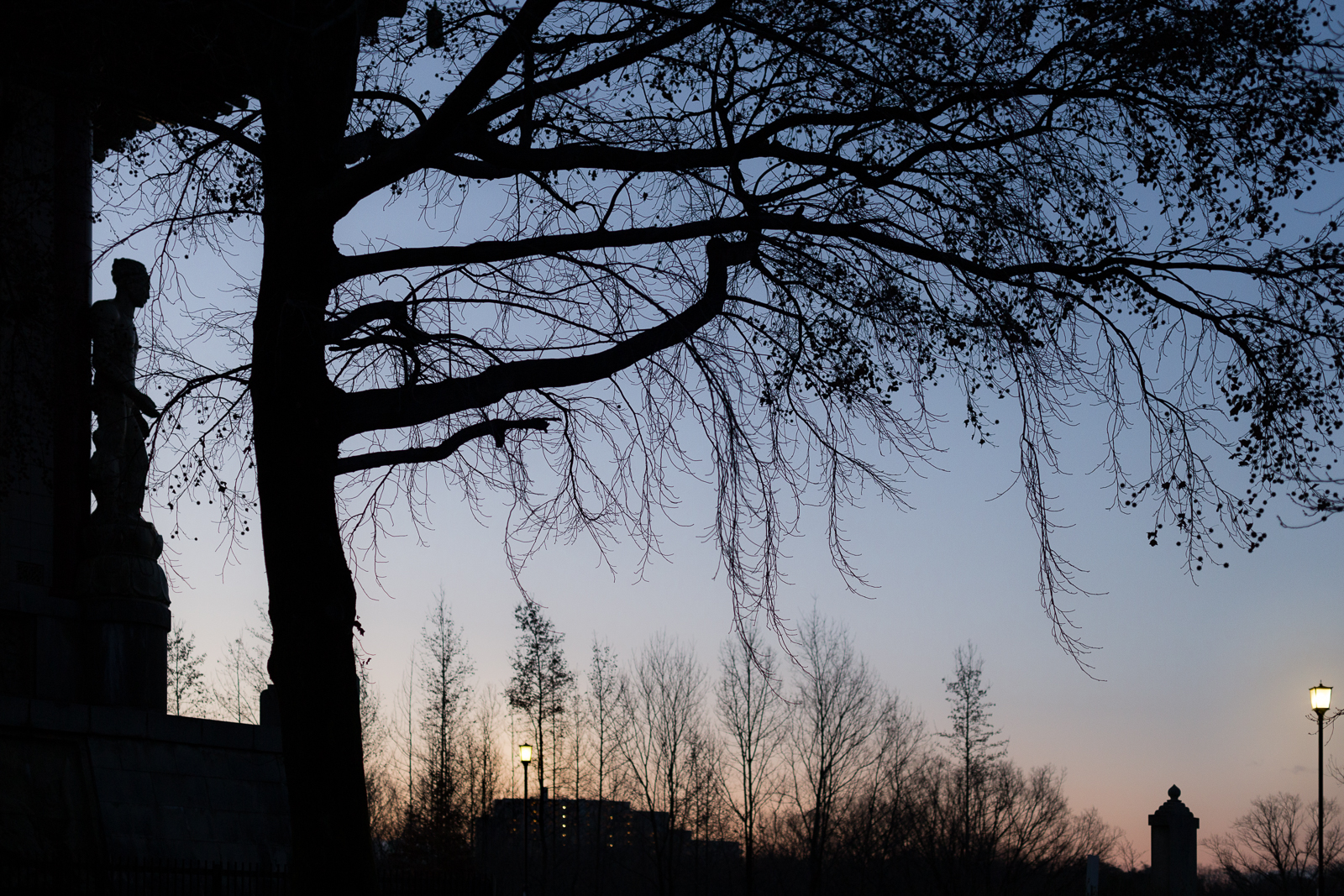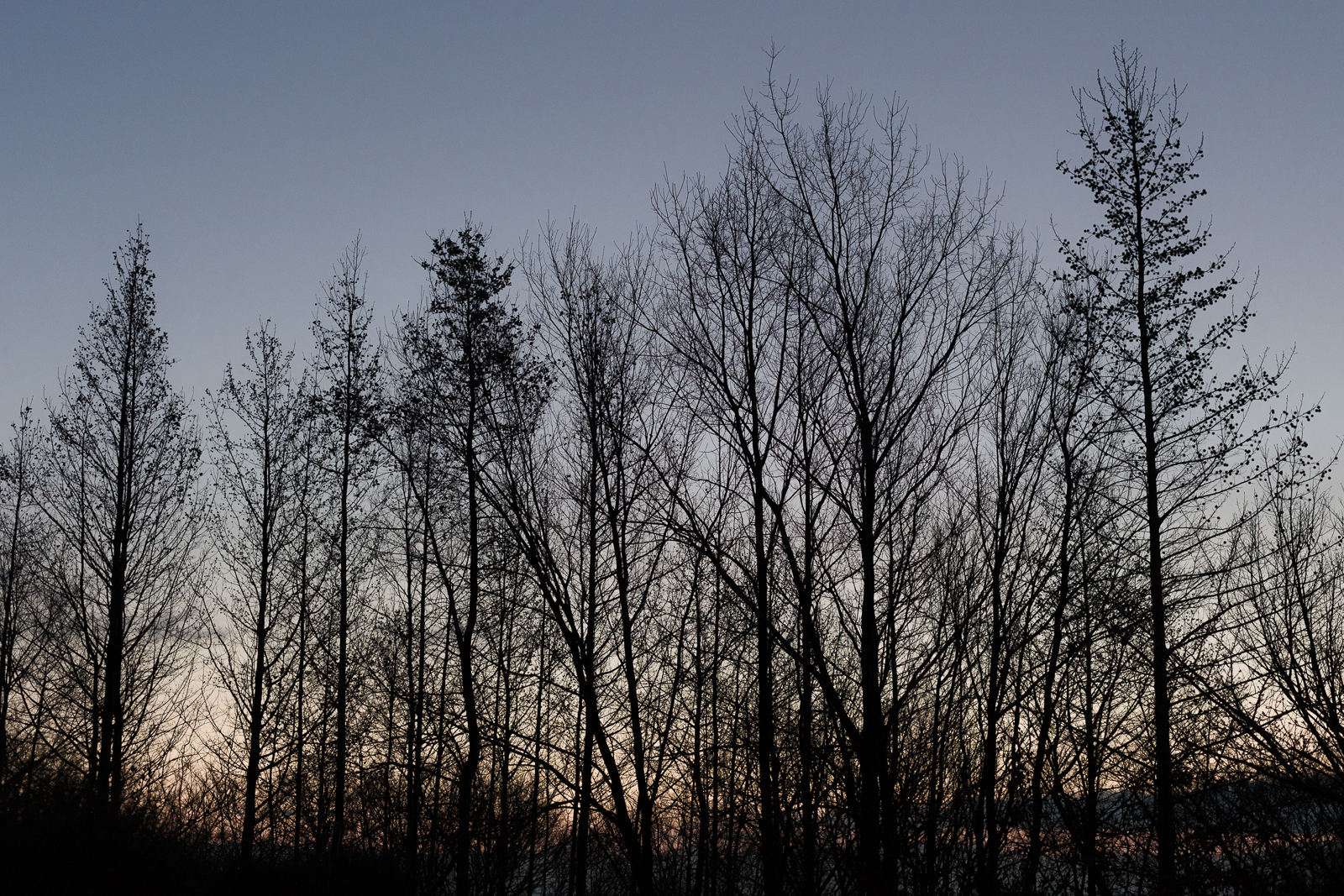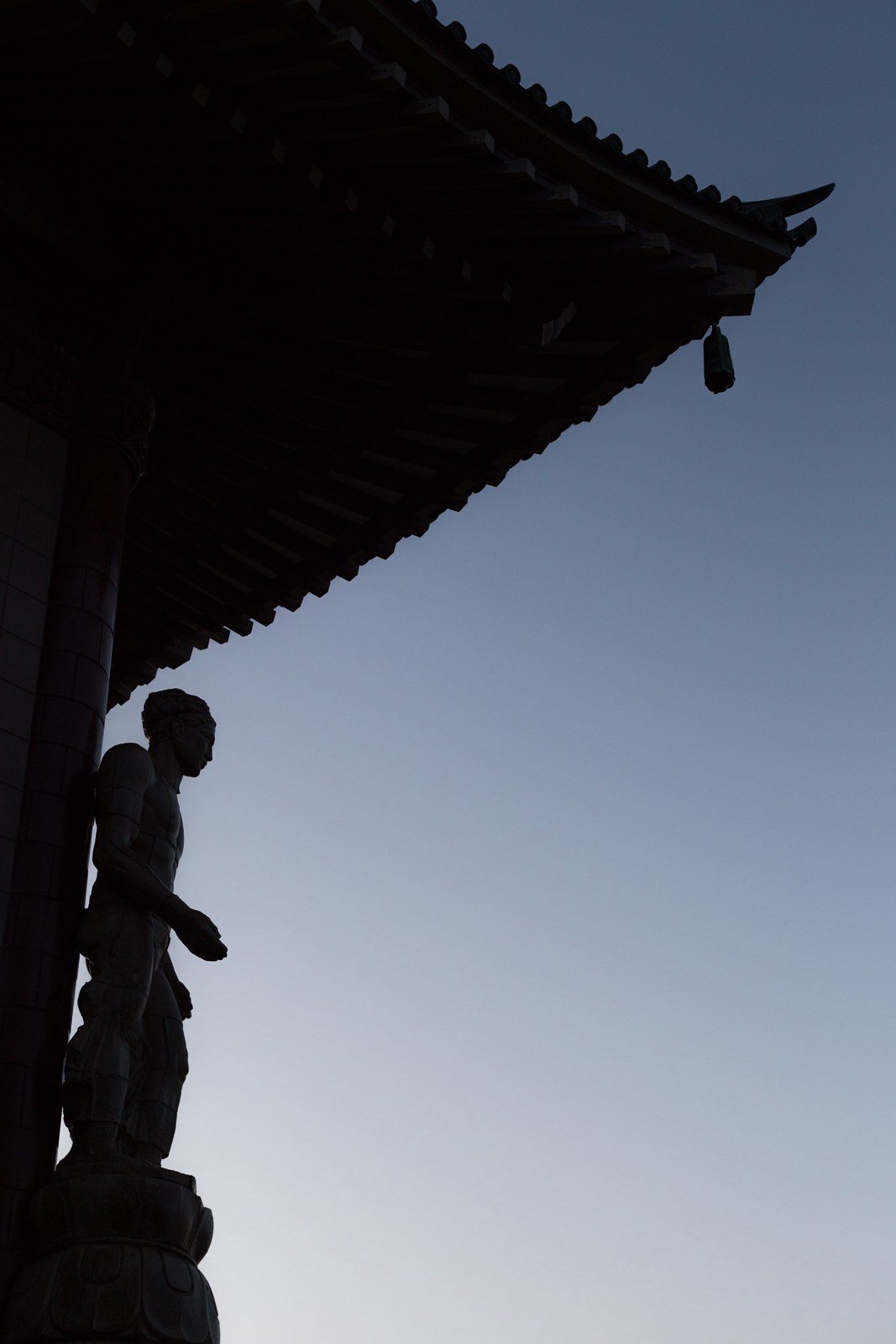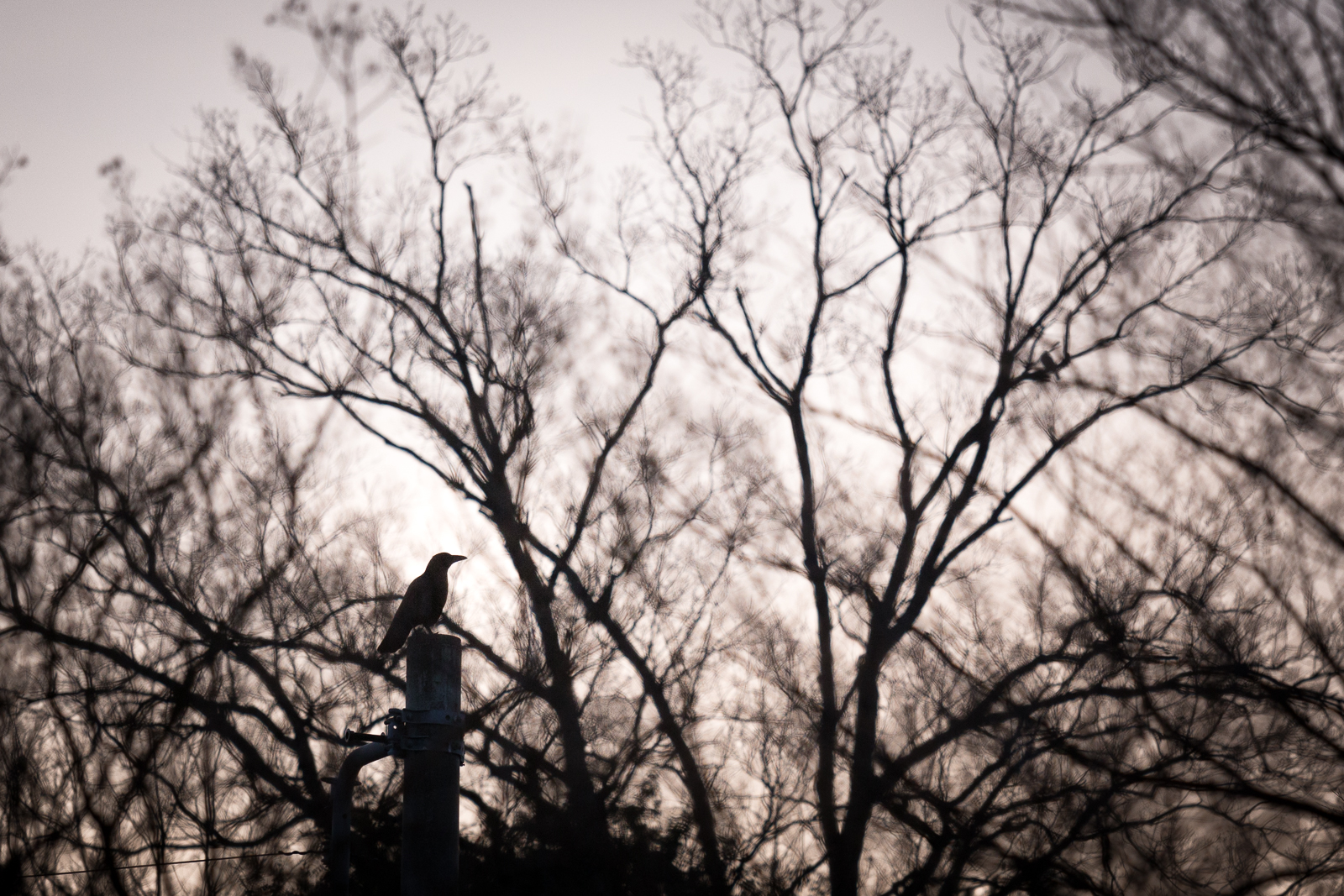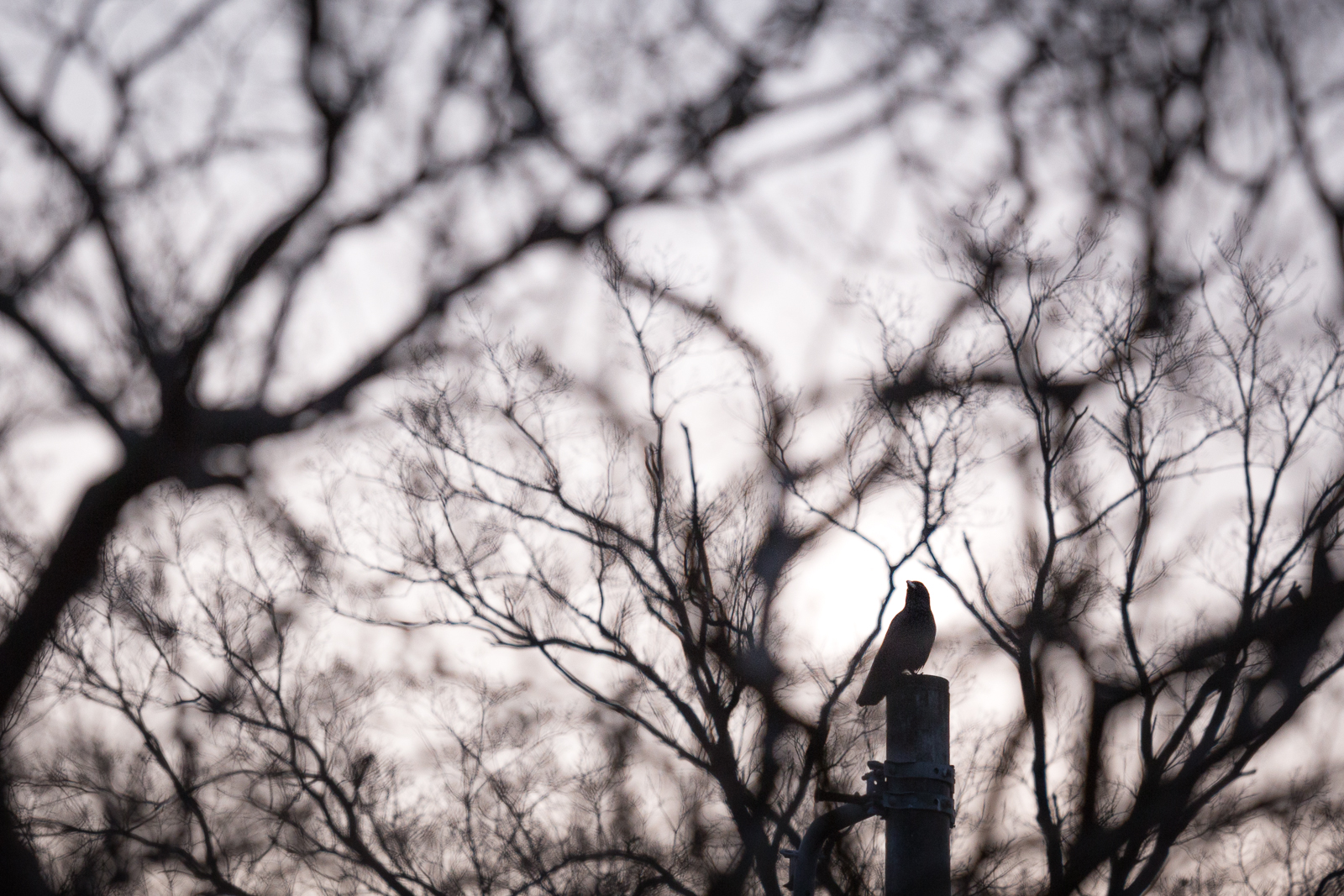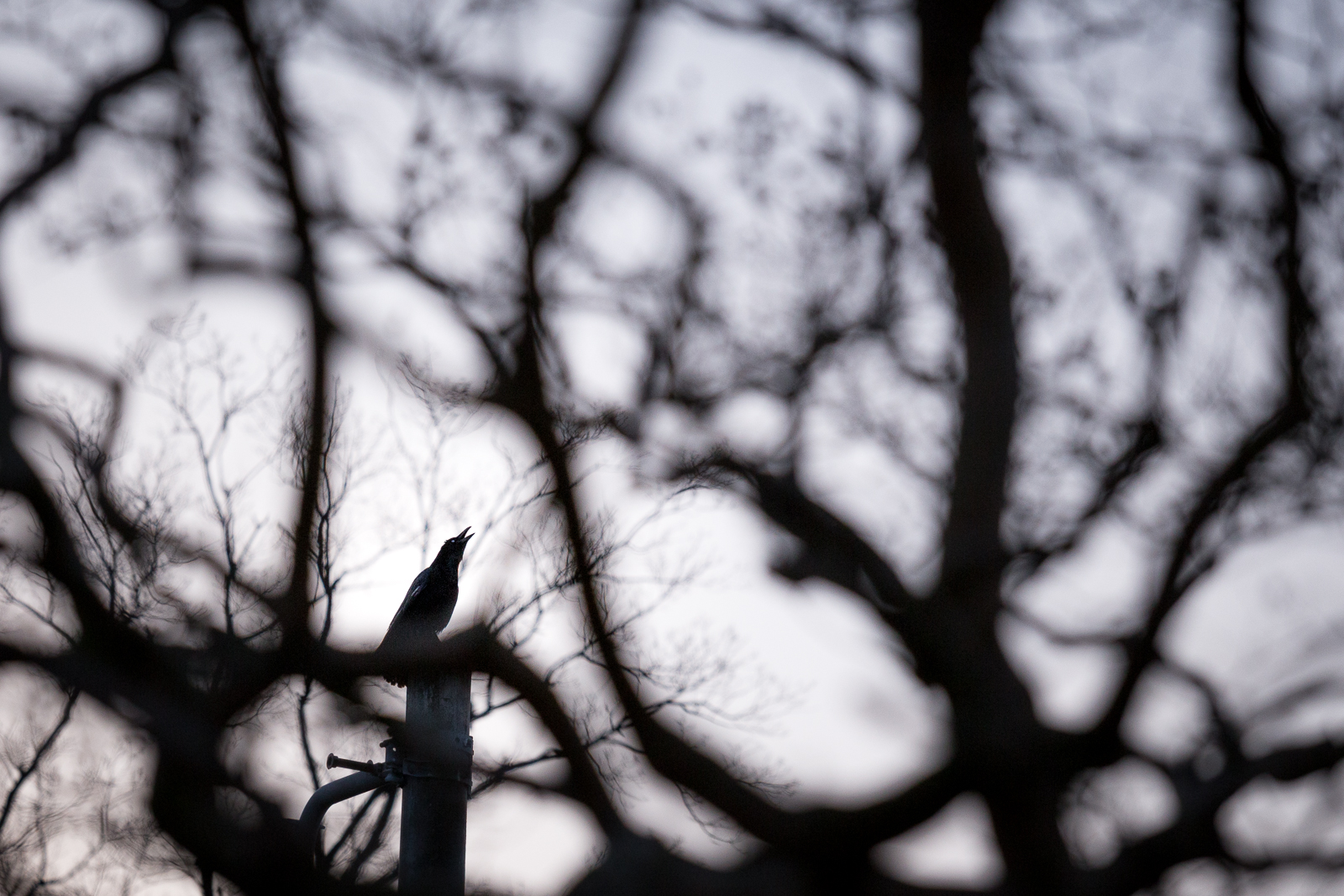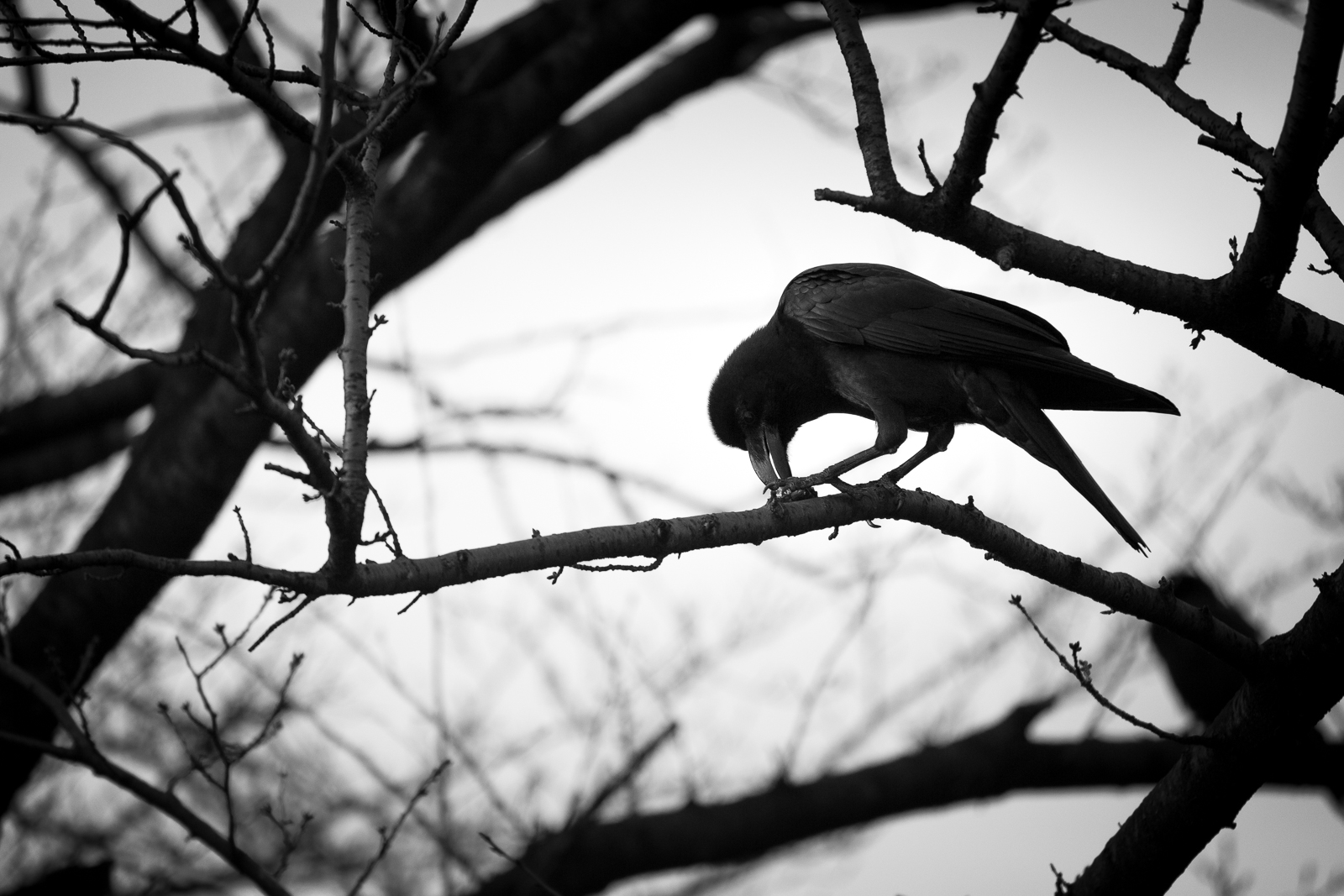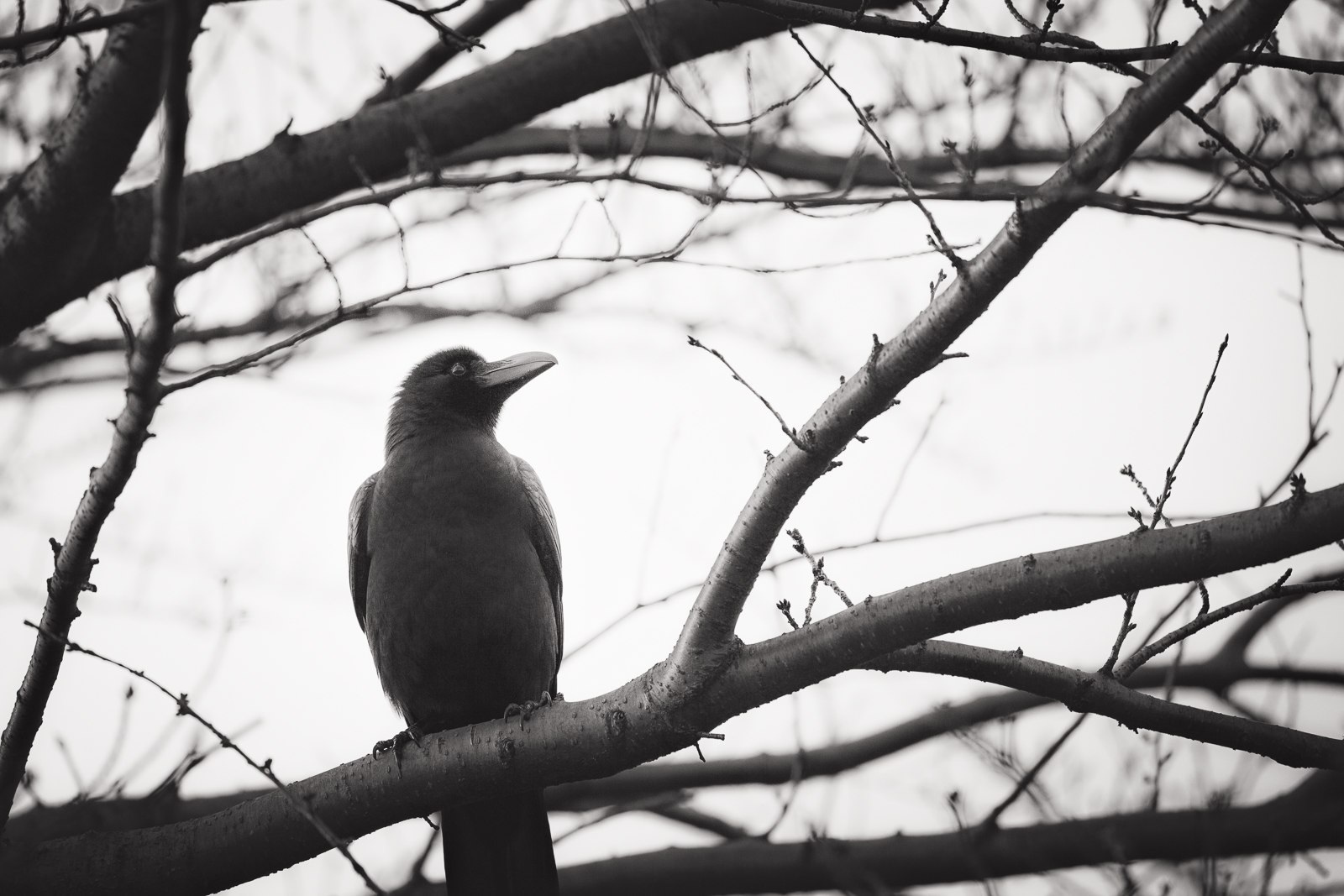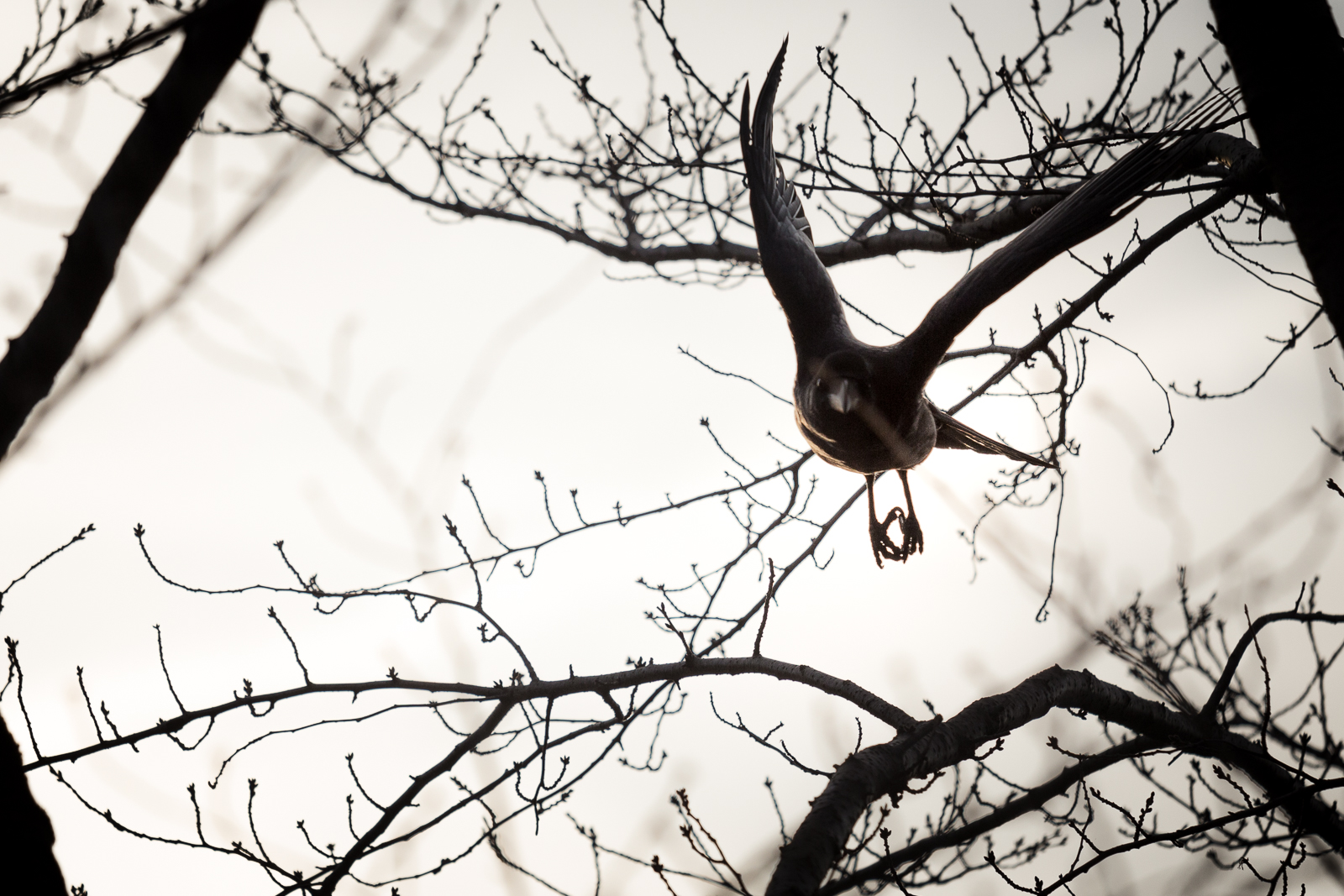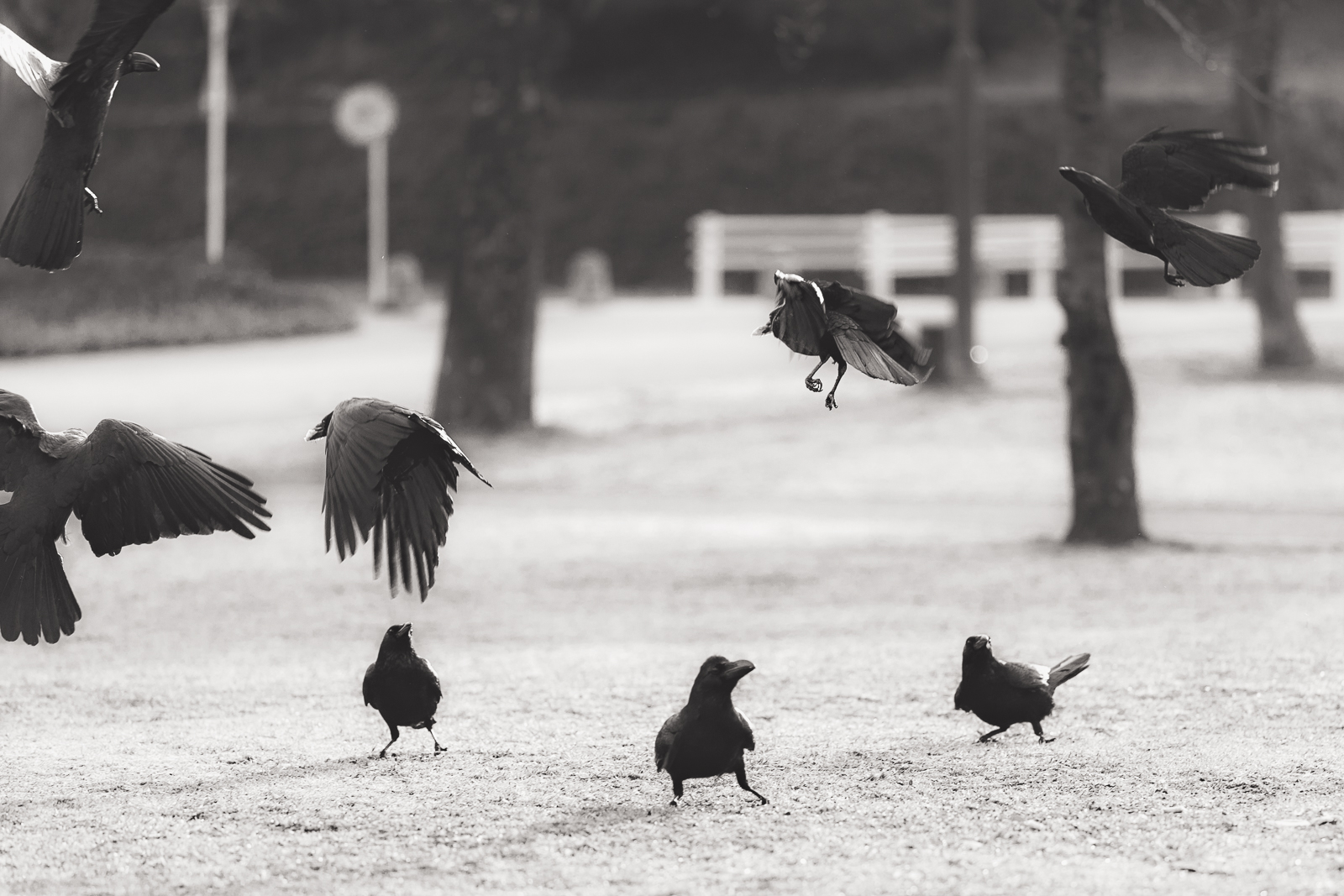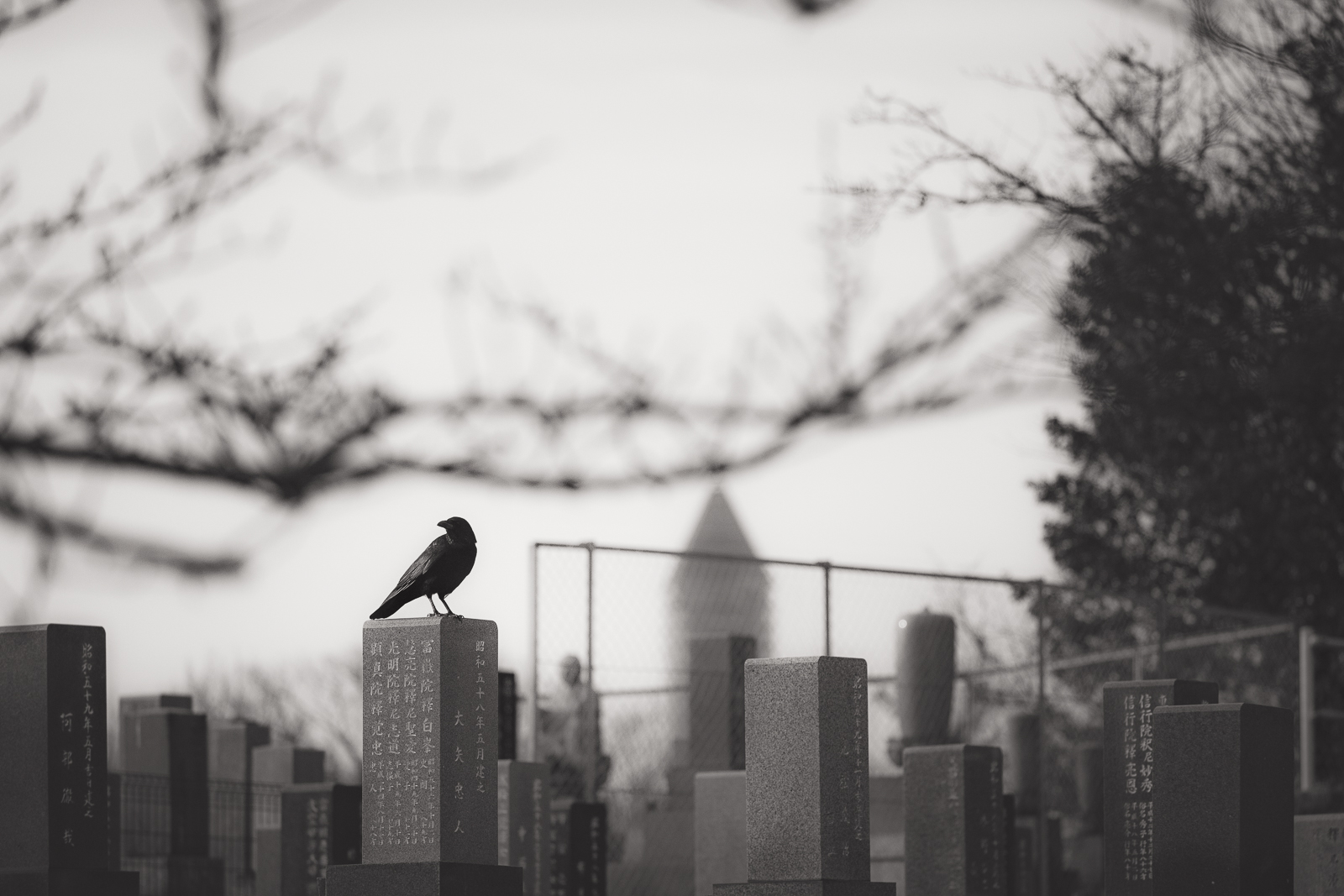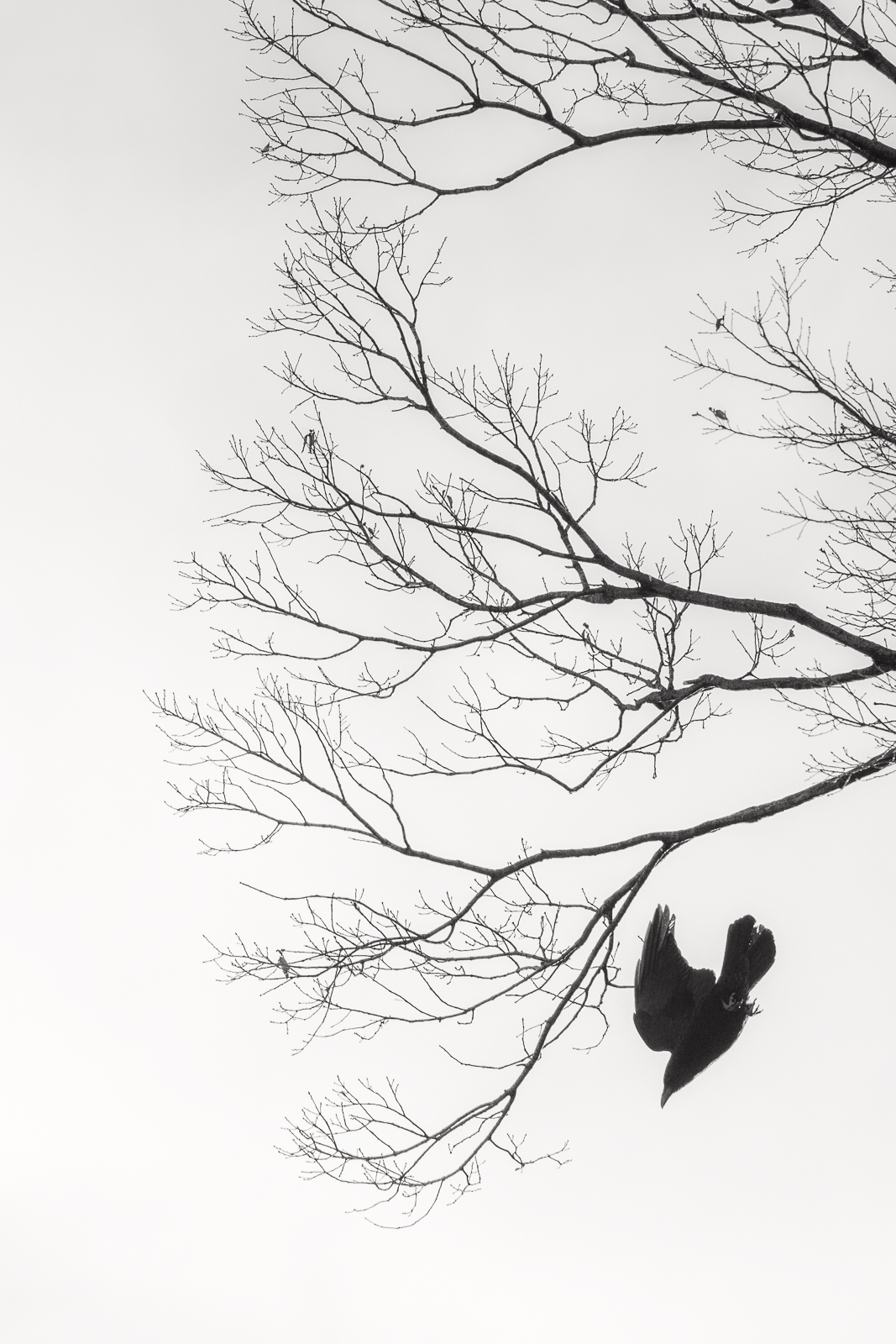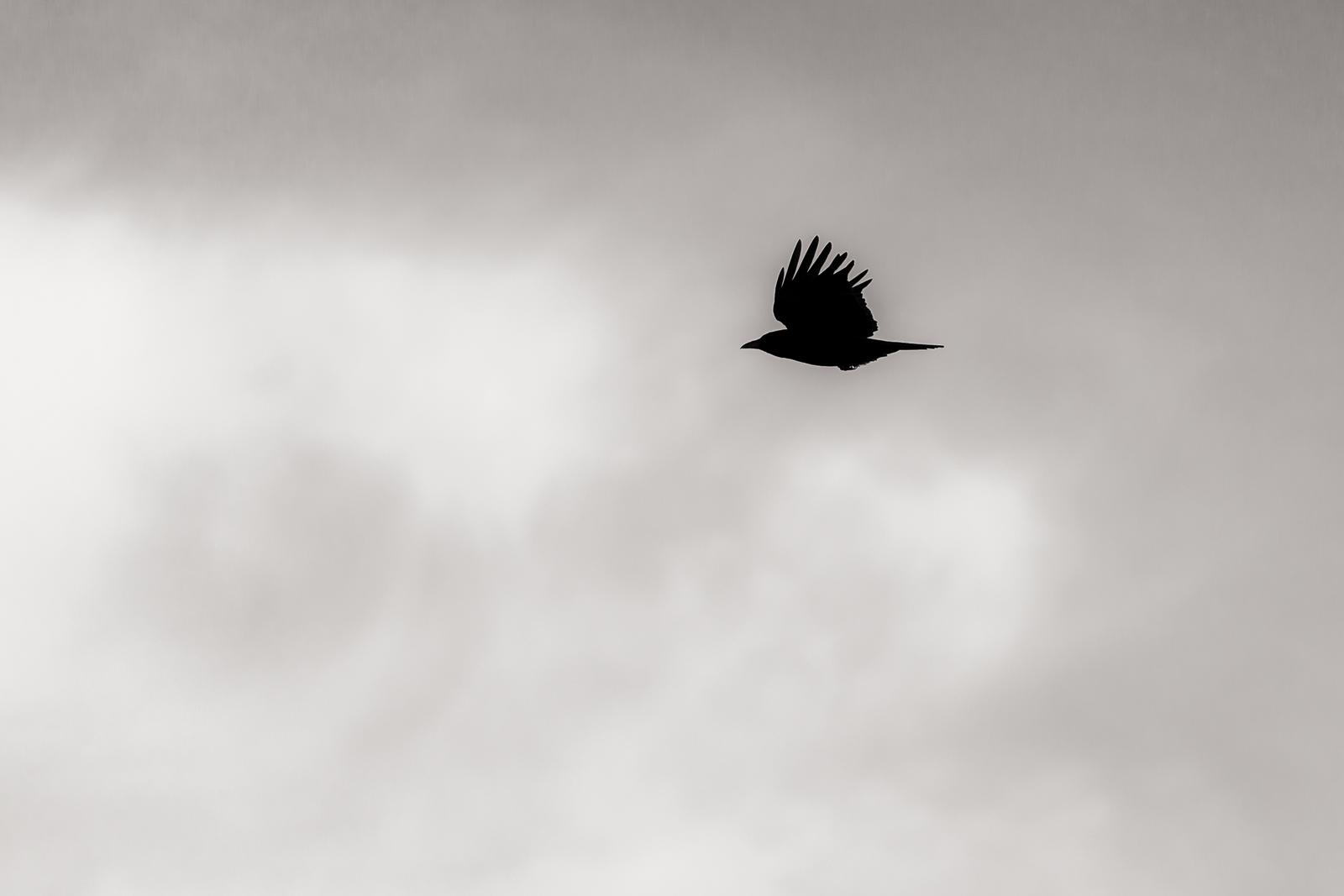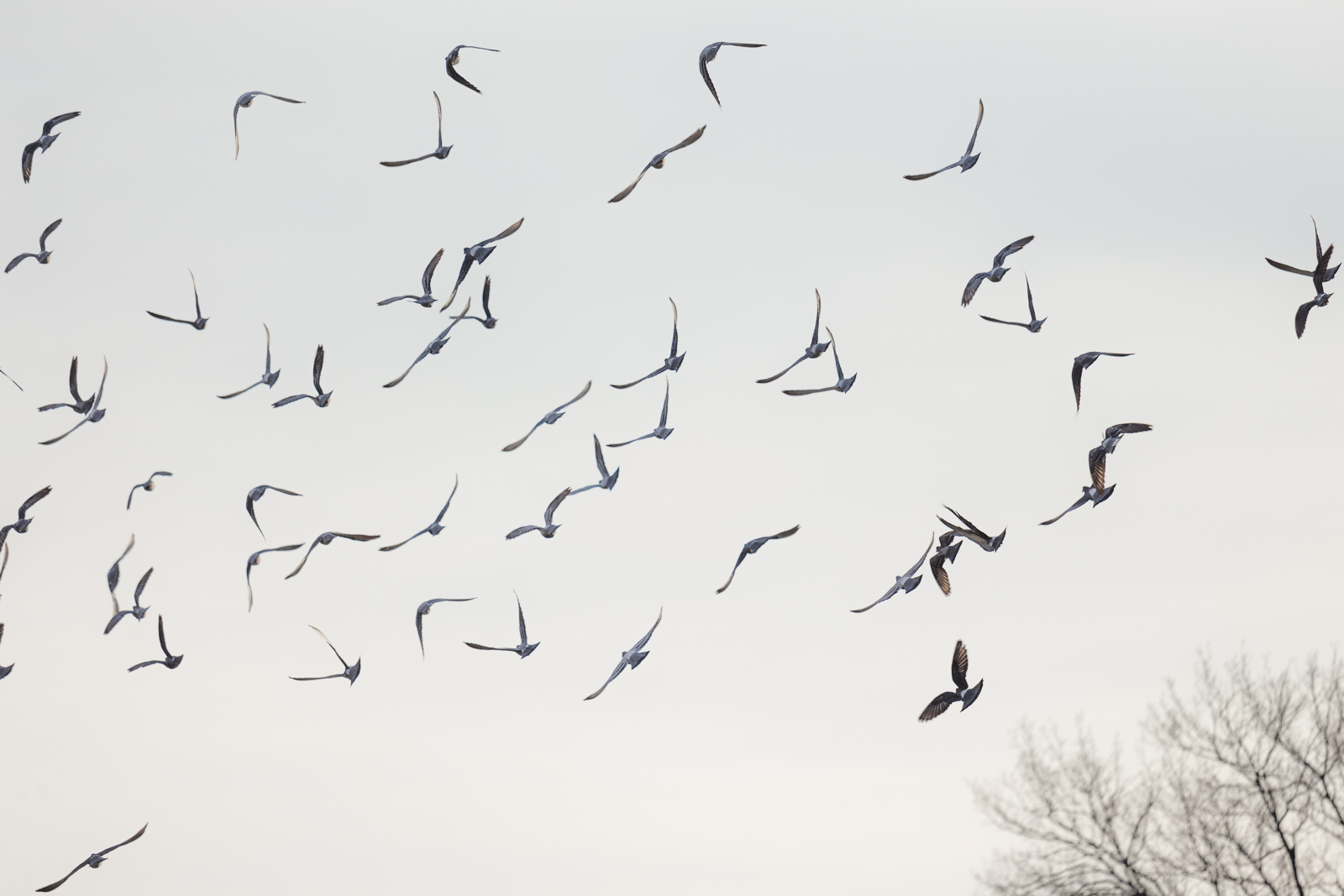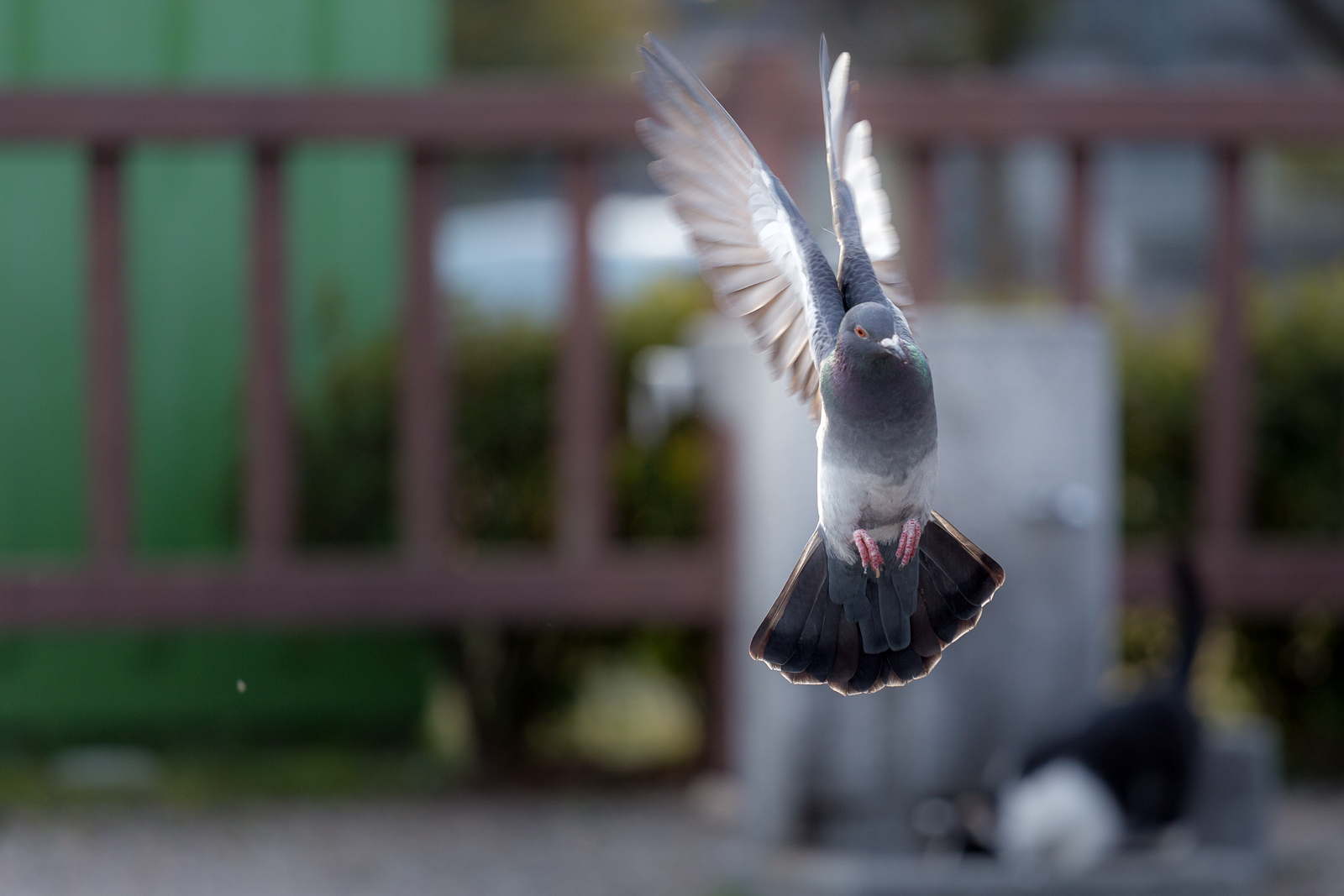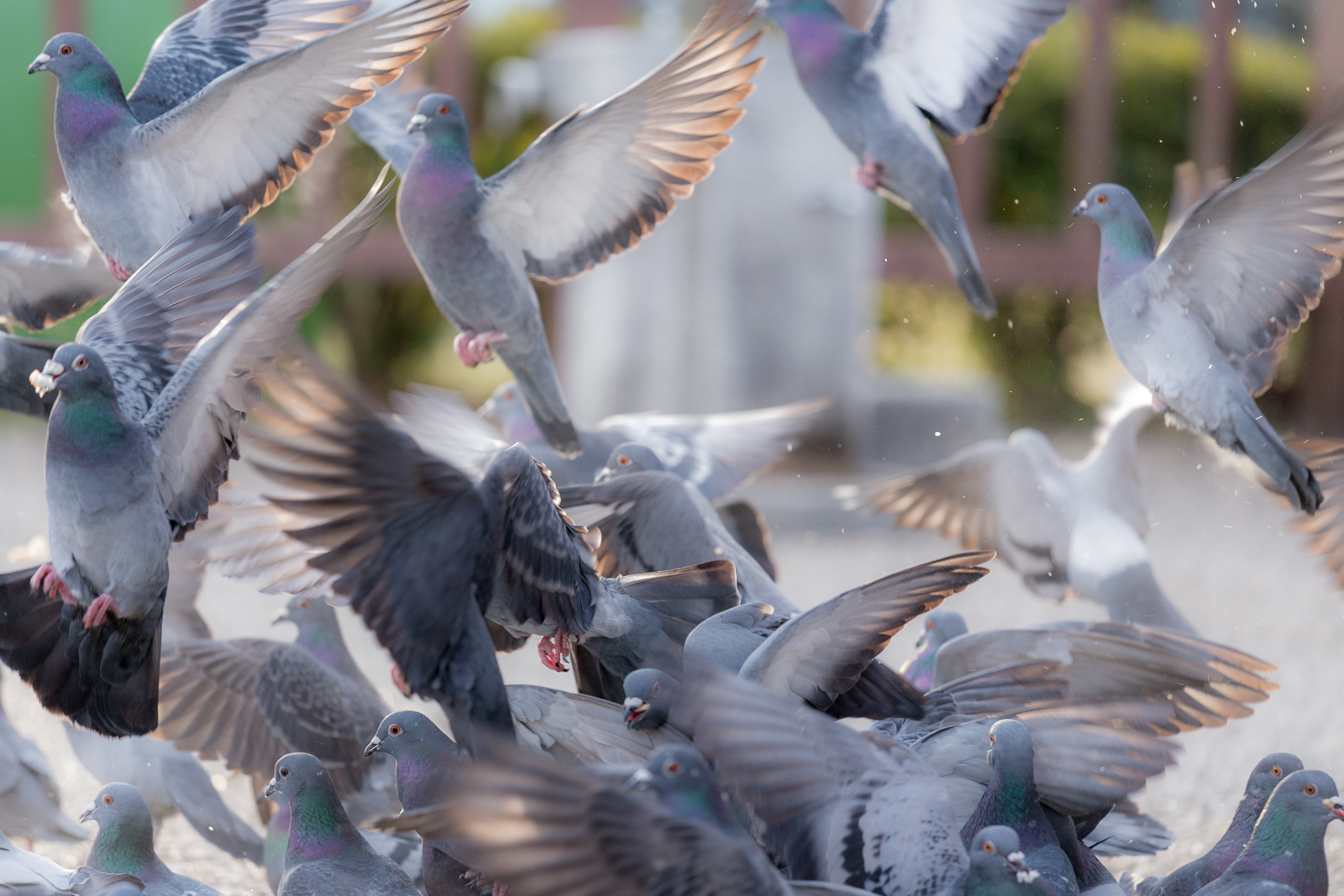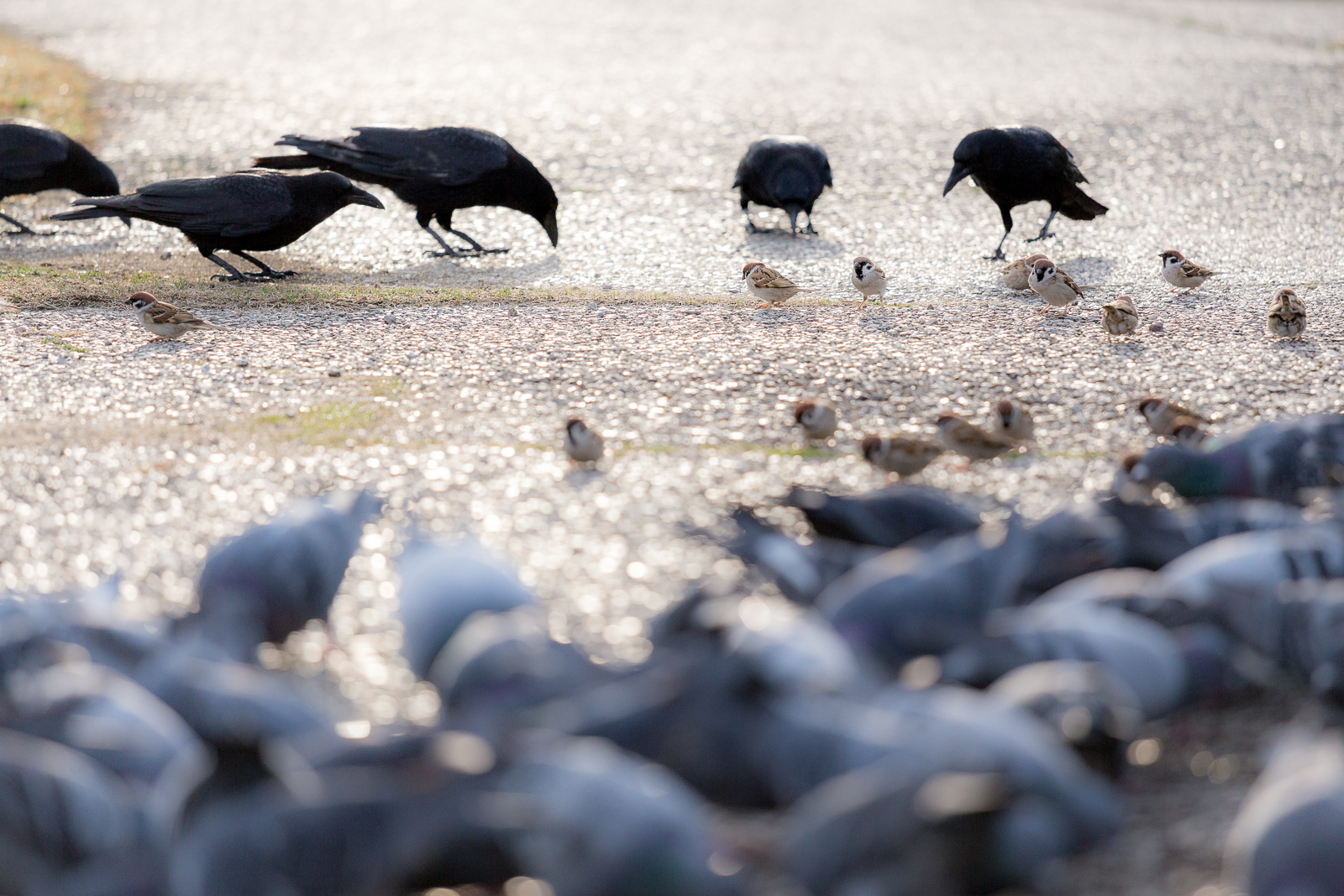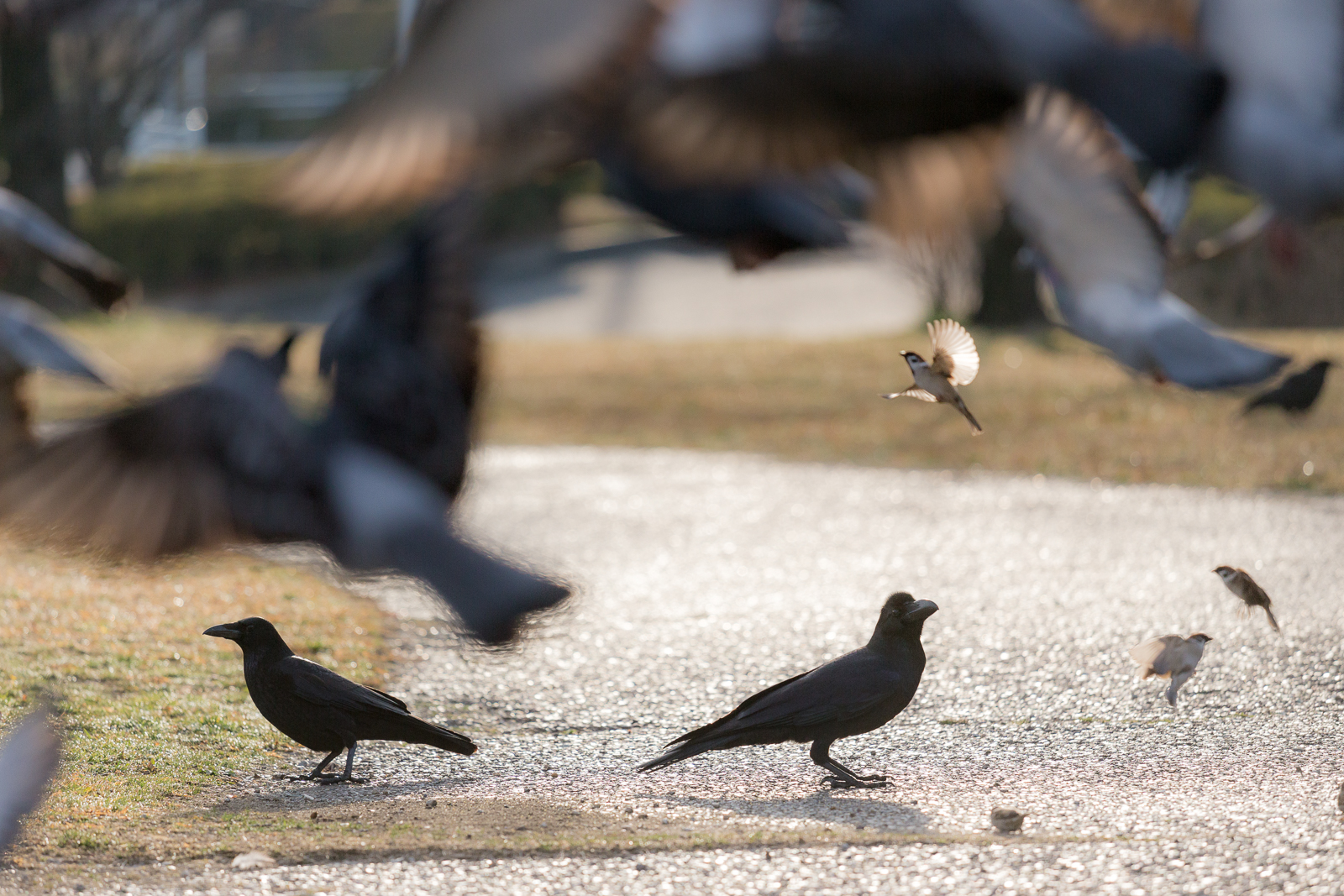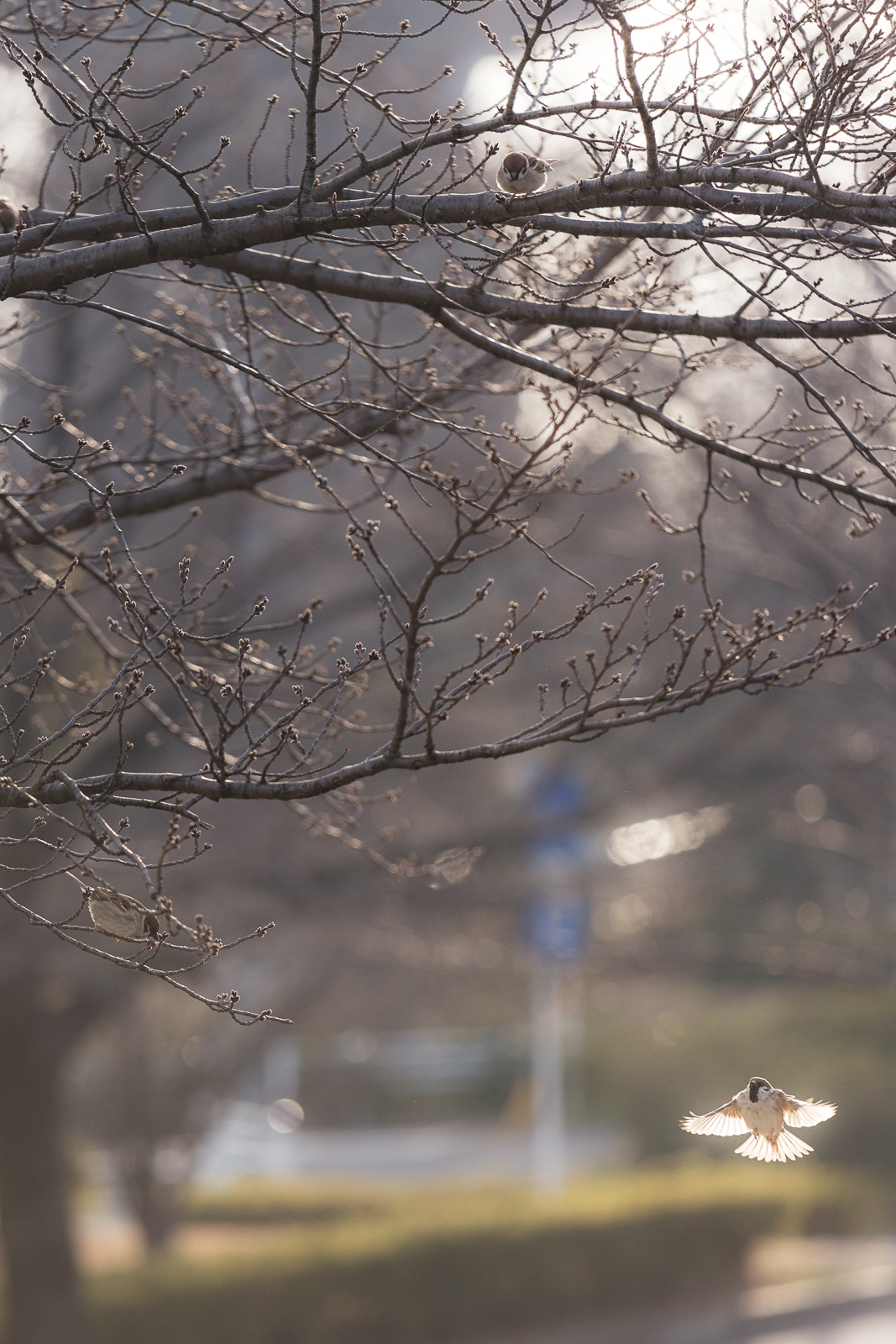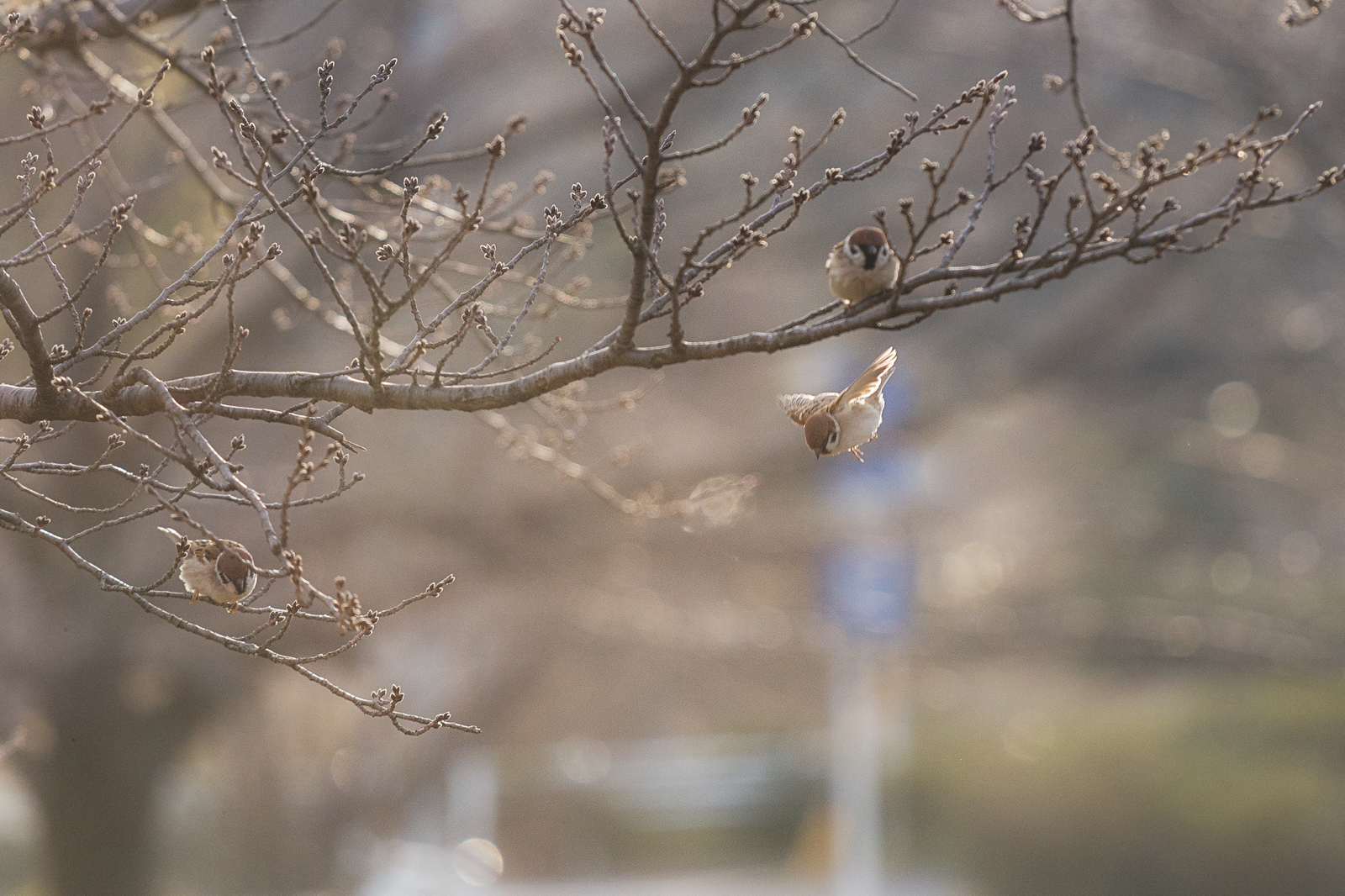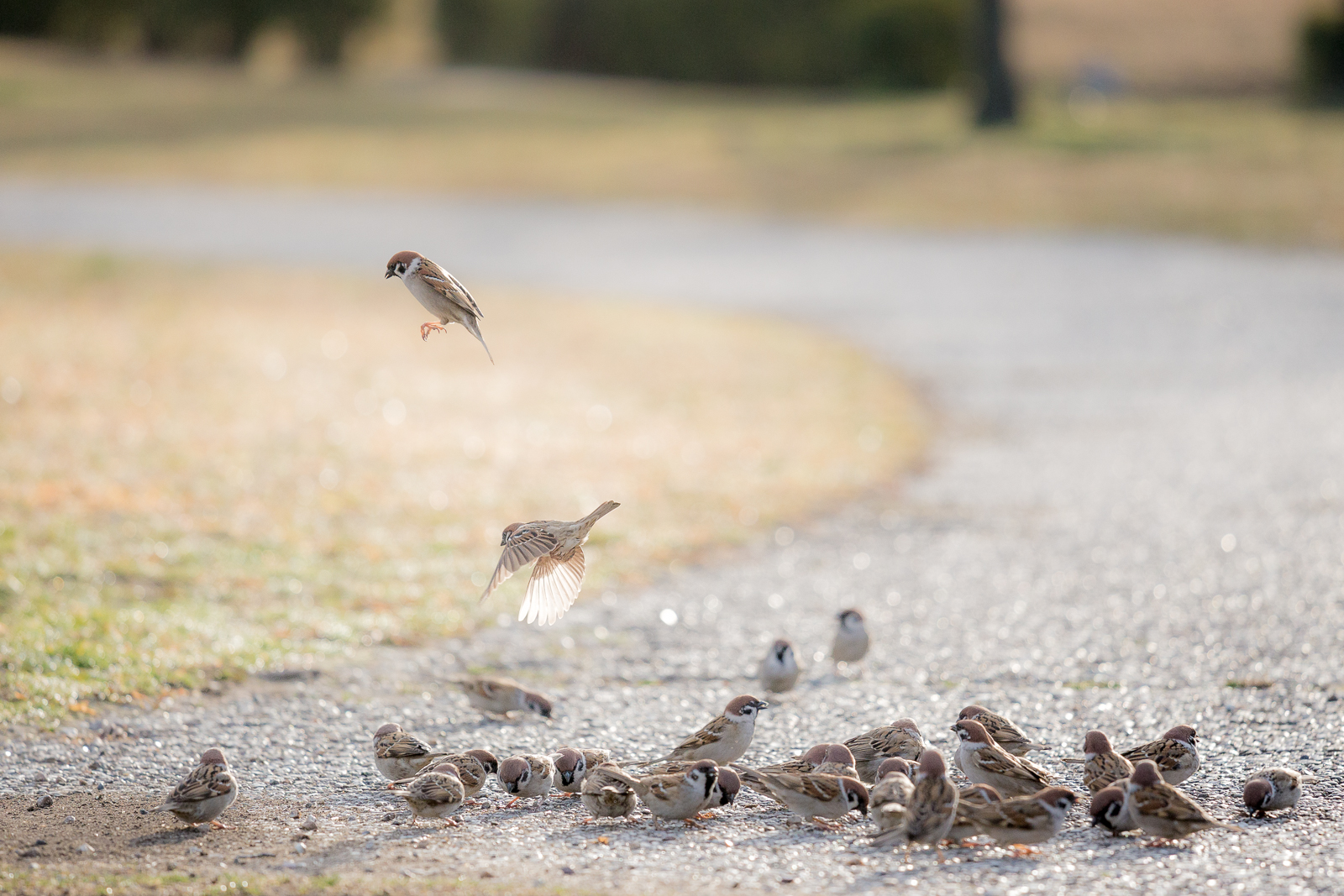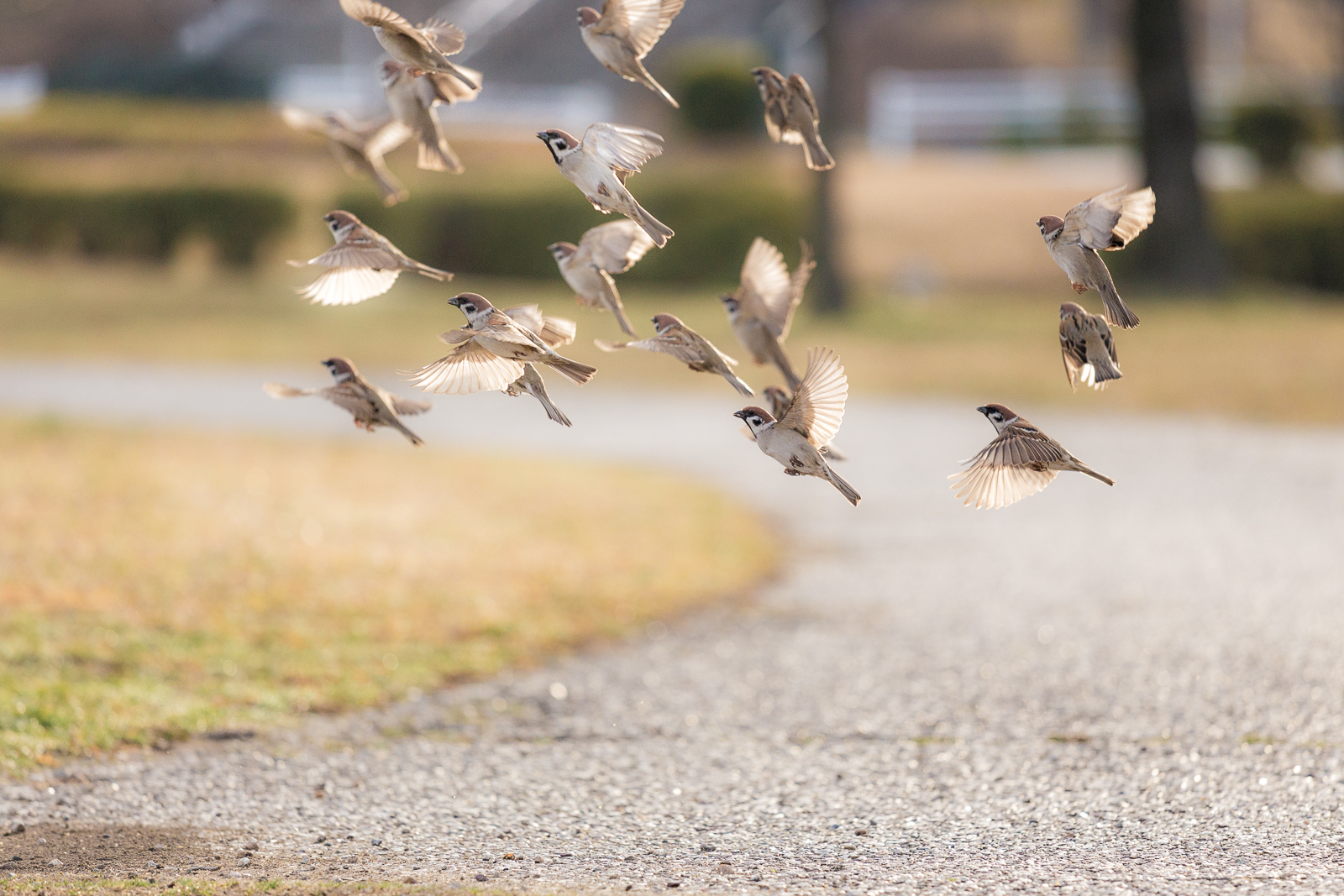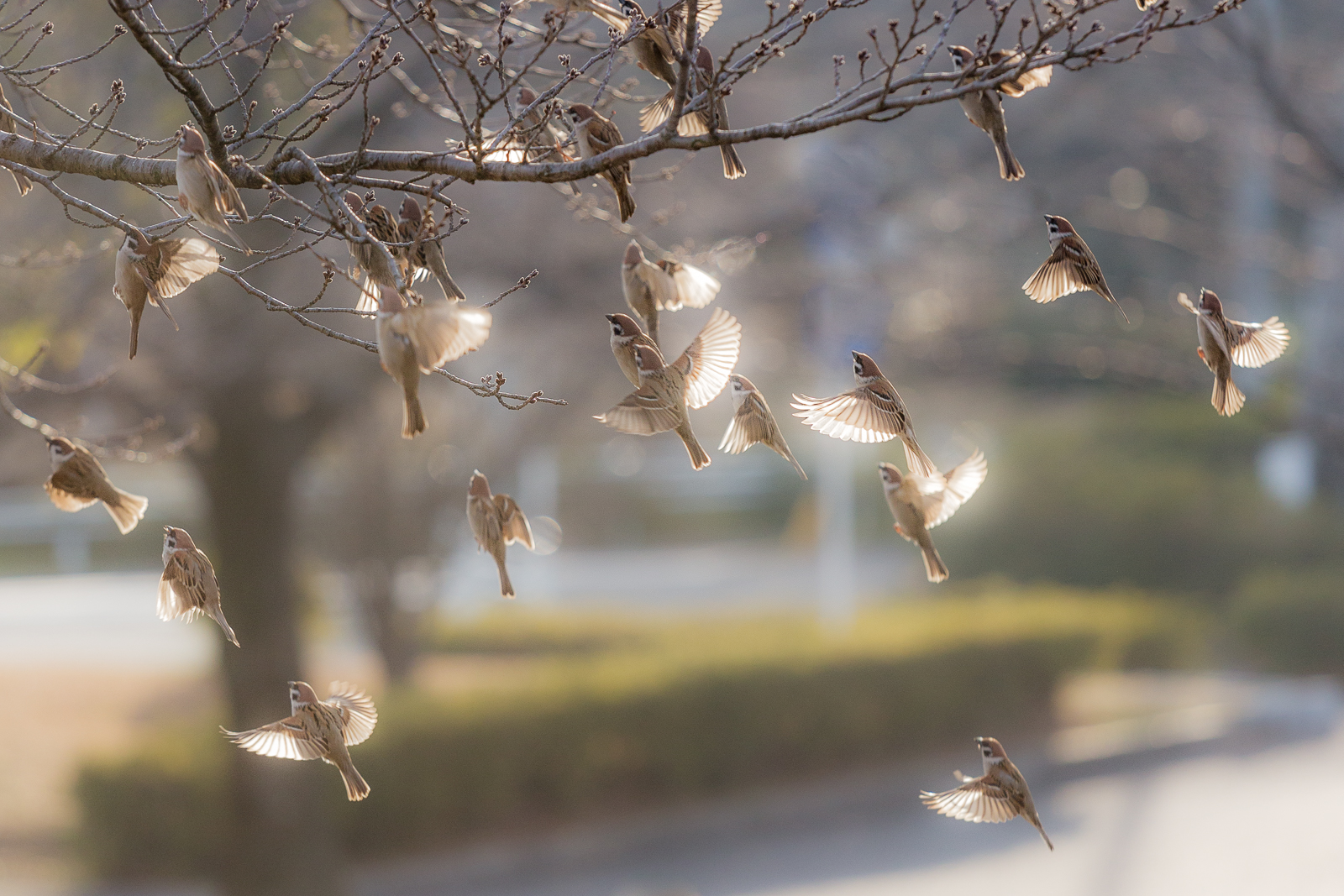As I mentioned in my previous blog, I have recently been commuting to school by bike via Heiwa Peace Park, a large, hilly park in east Nagoya. Heiwa Peace Park is home to a massive cemetery (including 190,000 graves which were moved from temples in downtown Nagoya in order to rebuild the city after WW II, and which are grouped according to the temples they were moved from), large woodland areas, and ponds. Notable landmarks include the Heiwa-Do Peace Temple, which was a present from Nagoya's sister city Nanjing, in China, and the Niji no Toh Peace Tower, which has a prism in the top that creates rainbows inside the tower on the spring and vernal equinoxes.
It is an expansive park with much to see and I wanted more camera time than my daily commute allows, so on a recent day-off I left the house at 5:45 as always, rode to the park, locked up my bike near the Peace Temple, and got out my camera.
I started off with some photos of the vaguely Greek looking statues located at the four corners of the Peace Temple, exposing for the sky to bring out the colors and cast the statues in dramatic silhouette. While framing my shots, I noticed a steady flow of elderly walkers beginning to congregate wordlessly around me. Unsure of the purpose of this hushed congregation, and beginning to feel a bit uneasy, I was contemplating a getaway when a speaker somewhere blared to life, announcing the call signature for NHK, Japan's national broadcasting radio network.
Starting from 1928, NHK has broadcast a morning radio show called Rajio Taisou, or radio calisthenics. Rajio Taisou is a short exercise routine set to music that takes place in parks and at companies across the nation, and is especially popular among the elderly, some of whom enthusiastically sing along with the broadcast as they do their bends and twists. Naturally, I wanted to photograph them, but resisted in the name of decorum. Not all photographs need to be taken. After several minutes, the session ended and the assembled once again dissipated into the regions from whence they had come.
Viewed from above on Google Maps, Heiwa Peace Park is a huge swath of green in the middle of the city. With over 2,300 cherry trees, it's a popular spot for people wanting to enjoy Hanami cherry blossom viewing parties in the spring, but also for birds year-round. In addition to the cherry trees, there are pine, birch, oak and beech trees, which attract over 80 kinds of birds. The most obvious are the crows, which were becoming more and more animated as the morning progressed, flying from tombtone to light post to tree, bobbing their heads as they let loose their deep cries.
The Jungle Crow, which is common across Japan, is larger than its western counterpart. It has a bigger bill and will eat almost anything. While a common appearance in Japanese lore, they are largely seen as pests these days, as they are prone to ripping up garbage bags and scattering the contents all over the streets. They also like to steal wire hangers from yards and apartment balconies to use in their nests. Generally, they build their nests in trees, but in urban areas they have been known to build them on power transformer's, sometimes causing short circuits with the wires that lead to blackouts. Thy are big, bold and loud, but, I love these noisy tricksters, and enjoyed photographing their antics.
While photographing the crows, I noticed that they, along with the other birds in the area, seemed to be assembling around a park bench as though waiting for something. I amused myself by imagining them doing a bird version of radio calisthenics, but soon the real reason for their gathering became apparent, as an old Japanese man came shuffling along carrying bags of bread crumbs. Upon seeing him, the birds became euphoric, chittering and bickering. Crows, pigeons and sparrows mingled together while taking part in the feast. The man did not seem concerned by my presence, so I focused on the action with my 200mm lens, with the sun back-lighting the scene. I liked the way the sun back-lit the birds' wings, especially those of the nervous sparrows, who tended to move as a group, flying down to the ground to eat, and then back to the safety of the nearby tree, repeatedly. Due to their small size and speed, I was having trouble using my camera's auto-focus to catch their action, so I instead chose a fixed focal point and waited for them to move into the frame. I missed several chances because of my lethargic trigger finger, but finally managed to get a few that made me smile, especially the last shot. Crows, pigeons and sparrows are all common in Japan, and are probably not a very exciting subject for serious birders, who lug their heavy glass into the mountains in search of rarer species, but for me, Heiwa Peace Park and its birds provided more than enough photographic opportunities for a local morning outing.
